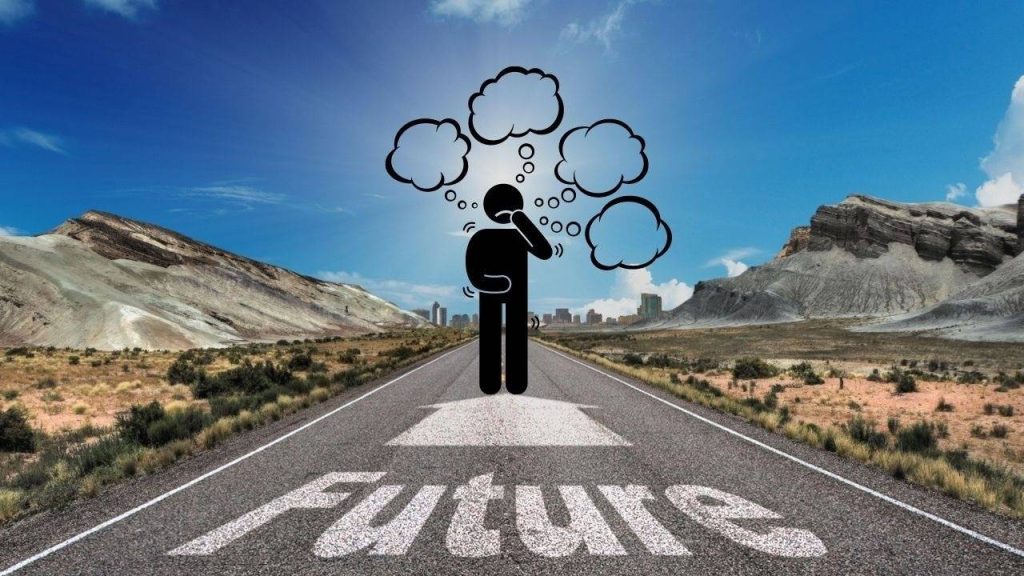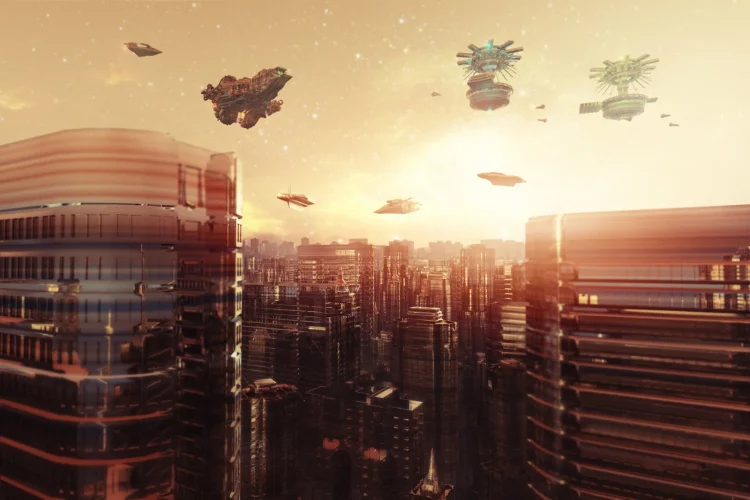Introduction: Cities at a Turning Point
Cities have always been centers of human progress—hubs for trade, culture, and innovation. Yet the challenges of the 21st century—climate change, population growth, resource scarcity, digital transformation, and shifting social expectations—demand a profound rethinking of urban life. By the next century, global cities may be unrecognizable: high-density yet green, hyper-connected yet more humane, technologically advanced yet deeply rooted in sustainability.
This article explores the reinvention of urban environments, imagining how architecture, infrastructure, governance, and daily life will evolve as cities adapt to the pressures and opportunities of the future.
I. The Historical Trajectory of Urban Development
1. Early Cities: Cradles of Civilization
Mesopotamia, the Indus Valley, and ancient Chinese cities flourished around rivers, emphasizing trade, defense, and spiritual centers.
2. Industrial Cities
The 19th century saw massive urban migration as factories transformed towns into sprawling industrial hubs, often at the cost of health and environmental quality.
3. Modern Metropolises
In the 20th century, highways, skyscrapers, and cars defined cityscapes, emphasizing economic growth but often fostering inequality and congestion.
4. The Digital Metropolis
Late 20th- and early 21st-century cities embraced global connectivity, financialization, and information-driven economies, creating powerful yet fragile urban networks.
II. Emerging Pressures Driving Change
Cities face converging crises and opportunities:
- Climate Emergency: Rising sea levels threaten coastal cities; heatwaves strain infrastructure and health.
- Population Shifts: Rapid urbanization in the Global South alongside shrinking populations in aging regions.
- Resource Scarcity: Energy, water, and food distribution challenges intensify with growing demand.
- Technological Disruption: Smart systems, AI-driven logistics, and autonomous transportation require new urban designs.
- Public Health Concerns: Pandemics have revealed vulnerabilities in dense urban areas.
- Cultural and Social Expectations: Younger generations demand inclusive, participatory, and livable cities.
III. The Vision of the 22nd-Century City
The city of the future will combine resilience, inclusivity, and technological innovation.
1. Vertical and Modular Architecture
- Arcology Towers: Self-sufficient mega-structures integrating homes, offices, farms, schools, and leisure spaces.
- Adaptive Modular Units: Residences and offices that can be reconfigured as needs change.
- Floating and Amphibious Cities: Innovative designs to adapt to rising seas and extreme weather.
2. Smart and Responsive Infrastructure
- AI-Driven Utilities: Real-time energy distribution, predictive water management, waste reduction systems.
- Autonomous Transportation Networks: Hyperloop, drones, and on-demand electric fleets replace private cars.
- Urban Farming and Food Security: Vertical farms and hydroponic gardens within city centers reduce supply chain vulnerabilities.
3. Green Urbanism
- Net-Zero Cities: Renewable energy, carbon-capturing buildings, and nature-integrated designs.
- Urban Biodiversity Corridors: Rooftop gardens, green walls, and rewilded parks improving both ecology and mental health.
- Circular Economies: Recycling and material recovery at the heart of production and consumption.
4. Inclusive Governance
- Participatory Urban Planning: AI-supported platforms enabling citizens to shape policy and development.
- Decentralized Services: Blockchain-enabled local governance for transparency and responsiveness.
- Global Collaboration: Networks of “sister cities” sharing resources and innovations.

IV. Daily Life in the Future City
1. Homes and Habitats
Homes become hyper-personalized, adaptive spaces powered by renewable energy and guided by AI for comfort and efficiency.
Workspaces blend into living areas, connected to global teams through immersive holographic systems.
2. Transportation and Mobility
- Commuting is reduced by remote and hybrid work.
- High-speed autonomous pods and shared mobility hubs redefine travel.
- Walkability and micro-mobility (bikes, e-scooters) dominate neighborhood transit.
3. Work and Education
- Knowledge Hubs and Innovation Districts: Co-working labs where humans and AI collaborate.
- Immersive Education Systems: Virtual and augmented reality enable continuous, adaptive learning.
- Reduced Emphasis on Daily Commuting: More equitable access to opportunities regardless of physical location.
4. Social and Cultural Spaces
- Public squares and community gardens replace traditional malls.
- Hybrid Digital-Cultural Experiences: Festivals and performances simultaneously local and global.
- Museums and archives become interactive knowledge commons with augmented storytelling.
5. Health and Well-being
- Predictive healthcare using biosensors and AI for early intervention.
- Integration of mental health into urban design—light, air, greenery, and soundscapes crafted for wellness.
- Community-focused fitness and nutrition programs to reduce chronic disease.
V. Ethical and Social Challenges
- Digital Divide: Without equitable access, technology risks reinforcing inequality.
- Privacy vs. Surveillance: Smart cities generate immense data, raising questions of who controls and protects it.
- Cultural Preservation: Rapid modernization may erode historic neighborhoods and intangible heritage.
- Climate Migration and Refugee Inclusion: Urban planning must accommodate displaced populations without conflict.
- Governance Dilemmas: Balancing local autonomy with global cooperation in areas like emissions reduction.
VI. Case Studies and Experiments
- Singapore’s Smart Nation Vision: Seamless integration of technology into transport, health, and governance.
- Copenhagen’s Climate-Neutral Plans: Pioneering renewable energy and sustainable transport networks.
- Masdar City (UAE): Ambitious but instructive example of the challenges in building a net-zero urban environment.
- Floating Neighborhoods in the Netherlands: Early models for resilient coastal development.
- Seoul’s Participatory Budgeting Platforms: Demonstrating how technology can deepen democratic decision-making.
VII. Imagining a Day in the Future City
To humanize this vision, consider a typical day for a resident named Aisha in 2125:
Aisha wakes up in her compact but expandable home overlooking a vertical forest. Her home’s AI prepares a breakfast of locally grown greens and protein-rich algae pancakes.
A floating pod picks her up for a brief commute to the innovation hub, though she often works remotely in a mixed-reality lab. In the afternoon, she attends a community assembly—virtually blended with in-person discussions—where citizens vote on green space restoration proposals.
After work, she joins friends for a rooftop concert featuring both human and AI performers, while her children explore Mars’s surface in a school VR program.
The city around her hums with life but leaves minimal environmental footprint.
This narrative illustrates the potential for cities to become not just efficient machines but thriving, human-centered ecosystems.
VIII. Strategies for Policymakers and Urban Leaders
- Invest in Sustainable Infrastructure Early: Retrofitting is harder than planning for resilience from the start.
- Promote Equity in Access to Technology: Universal digital education and affordable connectivity are essential.
- Strengthen International Urban Networks: Share innovations across borders to avoid repeating mistakes.
- Balance Growth with Cultural Continuity: Protect local traditions while embracing global advances.
- Measure Success Beyond GDP: Track well-being, inclusivity, ecological health, and cultural vitality.
IX. Cultural Narratives and Public Imagination
Fiction, films, and games shape urban futures as powerfully as architectural plans. Whether utopian or dystopian, these narratives influence both policy and public willingness to embrace change. Cities of tomorrow will reflect not only technological possibility but also the stories we tell ourselves about who we want to be.
Conclusion: The Future City as a Living, Breathing Commons
The next century demands cities that do more than house people—they must nurture creativity, equity, resilience, and ecological harmony. The reinvention of urban life will be the greatest collective project of our species, redefining not just skylines but the way we connect, collaborate, and coexist.
The success of these future cities will depend on choices made today—choices that prioritize sustainability, shared prosperity, and cultural diversity. In shaping our urban habitats, we shape the destiny of humankind.
















































